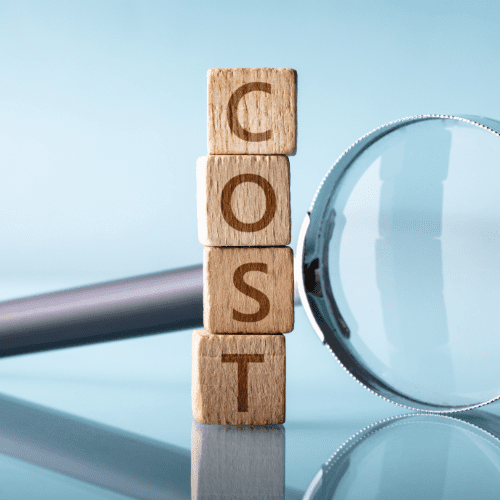Access to pediatric medicines is a critical issue that impacts the health and well-being of children globally. Unlike adults, children have unique physiological needs, requiring specialized formulations and dosages tailored to their developing bodies. Unfortunately, disparities in access to these essential treatments persist, influenced by various factors including socioeconomic status, geographical location, and healthcare infrastructure. This article explores the importance of equitable access to pediatric medicines and the challenges faced in meeting this need, while also proposing potential solutions to enhance availability and accessibility.
Ensuring Equitable Access to Pediatric Medicines Worldwide
Ensuring equitable access to pediatric medicines is vital for promoting health equity and improving pediatric health outcomes across diverse populations. This includes addressing the availability of essential medicines that cater specifically to children’s needs, such as age-appropriate formulations and dosages. The World Health Organization (WHO) emphasizes that all children, regardless of their socio-economic background, should have access to necessary medications to prevent and treat illnesses. Governments, non-governmental organizations (NGOs), and international bodies must collaborate to create policies that prioritize pediatric health and facilitate the distribution of essential medicines.
One significant aspect of equitable access is the establishment of regulatory frameworks that support the development and approval of pediatric formulations. Many pharmaceutical companies often focus on adult medications due to market incentives, leading to a lack of research and investment in pediatric drugs. By implementing legislation that encourages investment in pediatric pharmacotherapy, such as incentives for research and development, stakeholders can stimulate innovation in this critical area. Additionally, fostering partnerships between governments and the private sector can lead to improved access and affordability of pediatric medicines.
Moreover, global initiatives aimed at strengthening healthcare systems play a crucial role in ensuring that all children have access to the medications they require. Programs that focus on improving healthcare infrastructure, training healthcare professionals, and enhancing supply chain management can significantly impact the availability of pediatric medicines. Furthermore, community-based interventions and awareness campaigns can educate parents and caregivers about the importance of seeking timely medical care and adhering to prescribed treatments, thus contributing to better health outcomes for children worldwide.
Challenges and Solutions in Pediatric Pharmacotherapy Availability
The challenges in pediatric pharmacotherapy availability are multifaceted, often stemming from a complex interplay of economic, regulatory, and logistical barriers. One major issue is the lack of robust research data on the safety and efficacy of medications in children. Many drugs are prescribed off-label due to the absence of specific pediatric formulations, which can lead to inadequate dosing and increased risk of adverse effects. This highlights the need for more research focused on pediatric populations to establish evidence-based guidelines and ensure the safe use of medicines in children.
Another significant barrier is the economic disparity that affects access to pediatric medicines. In low- and middle-income countries, the high cost of essential medications often makes them unaffordable for many families. Additionally, limited availability of healthcare facilities and trained professionals exacerbates the situation, leading to inequities in access to treatment. To address these issues, governments and international organizations must work together to provide funding and resources to improve healthcare infrastructure and subsidize the costs of essential pediatric medicines, ensuring that they remain accessible to all children.
Innovative solutions are emerging to tackle these challenges, such as the use of digital health technologies to enhance access to pediatric care. Telemedicine platforms can facilitate consultations with pediatric specialists, even in remote areas where healthcare resources are scarce. Furthermore, collaboration with local pharmacies to ensure the availability of pediatric formulations can enhance access to necessary treatments. By leveraging technology and fostering local partnerships, stakeholders can create sustainable systems that improve access to pediatric medicines and ultimately contribute to better health outcomes for children worldwide.
Access to pediatric medicines is an essential component of child health, requiring a concerted effort from governments, healthcare providers, and international organizations. While significant challenges remain in ensuring equitable access, innovative solutions and collaborative approaches can pave the way for improvement. By prioritizing research, economic support, and healthcare infrastructure, we can work towards a future where every child has access to the medications they need for a healthy and fulfilling life. Ensuring that pediatric medicines are accessible to all is not just a health imperative; it is a moral obligation that reflects our commitment to the well-being of future generations.



